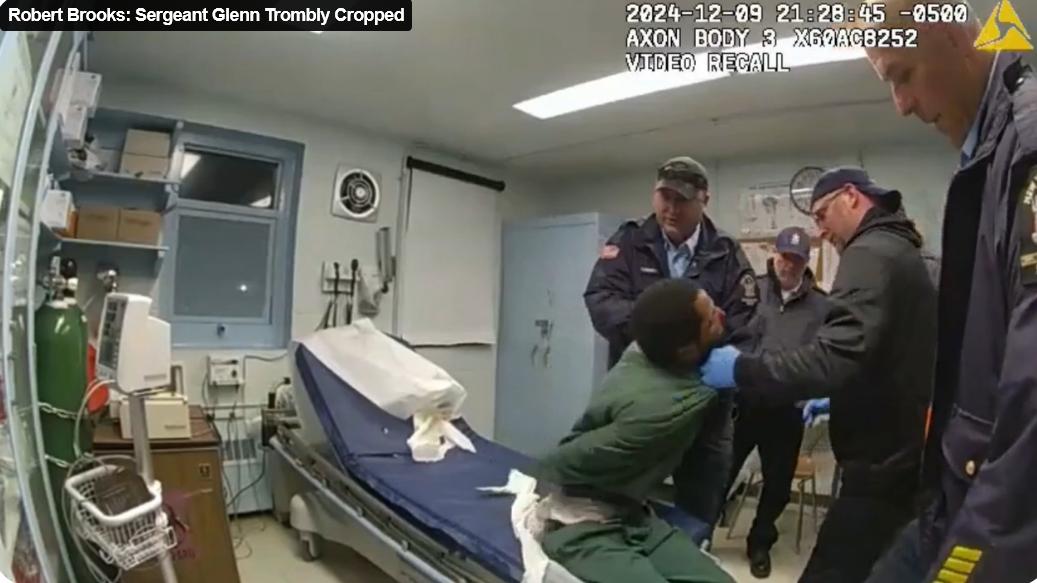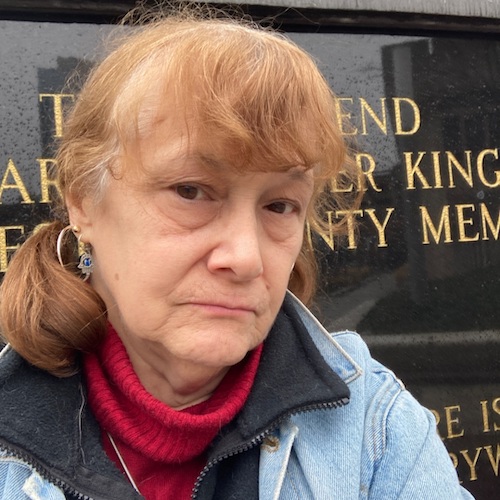Adrienne Adams.
Property taxes are a lifeblood of our city, constituting the single largest revenue source. However, the rates New Yorkers pay are dysfunctional, to put it mildly. Many New Yorkers have sweetheart deals, while others are soaked. Even worse, the inequality runs across racial lines.
One of the biggest drivers of property inequality is assessed property values for tax purposes that are widely divergent from market values. This is the result of legislation in the early 90’s, when Albany imposed single-digit percentage caps on annual increases in assessed values of houses and small apartment buildings. The legislation was supposed to increase fairness, because the caps replaced the practice of assessors undervaluing homes at their discretion as favors to owners.
However, the law of unintended consequences kicked in. While it may have seemed reasonable at the time to believe real estate market values would never increase beyond single-digit percentages, gentrification came along, and some market values surged well in excess of single digits. The result today is that some property owners, particularly those in neighborhoods once undesirable, have much lower effective property tax rates than others, because their assessed values cannot catch up to market values.
Subsequent attempts to increase fairness exacerbated things. Because assessment rate caps only apply to houses and small apartment buildings, the property tax burden on large apartment buildings was increasing disproportionately. To close the gap, in the late 90’s the state passed new reforms to make assessed values of large apartment buildings based on rental income of nearby properties, instead of sales prices; and create a “temporary” Coop-Condo Tax Abatement that was supposed to be a placeholder until lawmakers devised a fairer tax system, but it is still in place today.
New inequalities abounded. When new luxury housing popped up in lower income neighborhoods, the assessed values were based on rental income of not-so-luxury buildings in the area, even ones with rent-regulated units. On top of that, the Coop-Condo Tax Abatement has no income limits, and only a sliver of progressivism in the form of a smaller percentage abatement for more valuable units. As a result, wealthy owners of units in large apartments can get a ridiculously low assessment, plus a tax abatement on top of that.
To get a grasp of the insanity, consider the case of billionaire Ken Griffin. In 2019, he bought a four-story condo on Central Park South for $238 million, making it the most expensive home in America. Because the city must disregard the sale price and only consider rental income of nearby buildings, its market value for tax purposes is $9.3 million, and the assessed value is $4.2 million.
The implications are more than just a few cushy deals: property values far outpace assessed values in neighborhoods where white people live, which means they are getting better rates on their property taxes. An analysis found that the average effective tax rate of houses and small apartment buildings in predominantly white neighborhoods is .73%, compared to .84% in predominantly non-white areas. It gets even worse when comparing individual neighborhoods: in my district in Queens, the average effective tax rate is .94%, while my colleague’s gentrifying district in West Harlem has an average rate of .34%.
This tax insanity must stop. If an apartment’s market value is almost 60 times the assessed value, something is seriously wrong. And if my constituents have an effective tax rate almost triple those in another district, something is wrong to the Nth degree.
Firstly, the current assessment growth caps must go. In conjunction with this, we must assess the market value of large apartments based on sales, instead of rental income, to bring assessed values in line with reality. We must also end the Coop-Condo Tax Abatement, whose existence now is almost arbitrary, and replace it with a means-tested abatement to help low-income homeowners.
I understand that this will spike some property tax bills. However, if new assessments drastically increase our projected revenue, then we can balance out higher assessments with lower tax rates. We can also ease the shock of property tax hikes by phasing in changes over a few years.
Fortunately, Mayor de Blasio recognized these inequities, and in 2018 formed the New York City Advisory Commission on Property Tax Reform to recommend changes. After exhaustive deliberation, the commission released preliminary recommendations in line with my own. And if you are reading this and want to speak your mind, then you are in luck: the commission is now soliciting feedback. You can submit testimony here.
As with any reforms, there may be unintended consequences. Considering previous attempts to increase fairness engendered new disparities, the same could happen again. For example, a means-tested property tax credit might give a discount tax rate to a homeowner with little income whose wealthy parents bought them a home. Nonetheless, a well-designed property tax overhaul would do its best to be fair and progressive.
Reforming the city’s labyrinthine property tax system may be a Herculean task. However, we should not spurn fairness just because it is difficult. With much patience and determination, we can make a fairer property tax system. The time to start is now.
Adrienne Adams, NYC Council Member, 28th District.





